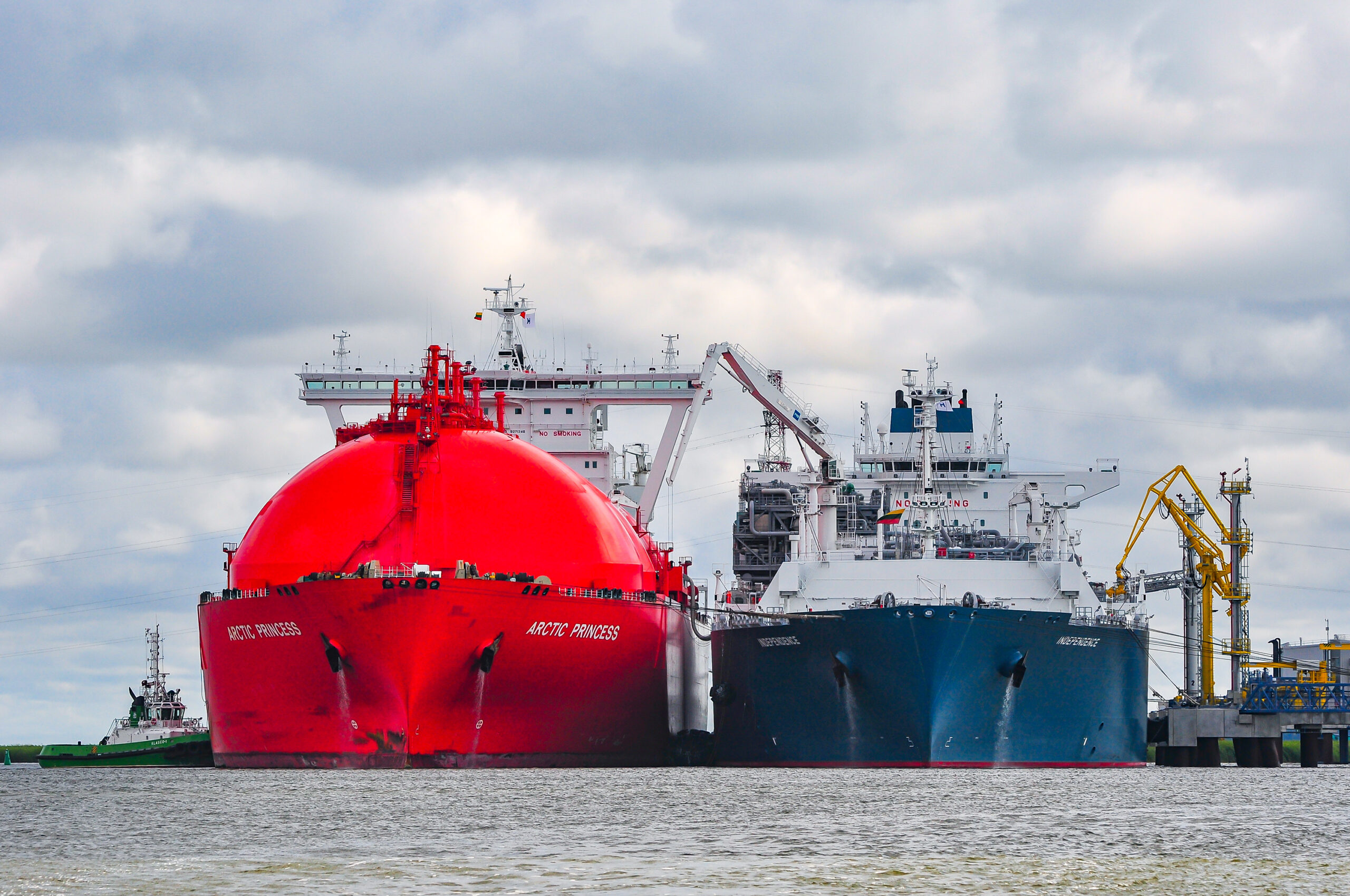Recent spate of weather-related incidents in terminals lead to calls for anti-collision sensors on automatic stacking cranes to be checked.
Container terminals are being urged to ensure their Automatic Stacking Cranes (ASCs) are fitted with travel anti-collision sensors to avoid the repeat of recent weather-related incidents.
ASCs can offer ports and terminal operators numerous benefits, such as increased densification and throughput; greater overall efficiency; and, by separating humans and machines, improved safety. However, while the use of ASCs only looks set to increase as levels of automation within ports rise, their use is not without hazards, as recent incidents highlighted by the TT Club, a global provider of insurance and related risk management services, clearly demonstrate.
In each of the incidents in question, adverse weather saw strong winds dislodging stacked containers in the terminal’s automated stacking yard, blowing them onto the ASC’s rails and leading to a collision. While exact details remain scant, these particular incidents could have been easily avoided, with the TT Club reporting that subsequent investigations found that the ASCs involved were not fitted with travel anti-collision systems.
This goes against the specification guidance developed by the TT Club in conjunction with the Port Equipment Manufacturers Association (PEMA) and the International Cargo Handling Coordination Association (ICHCA) in 2012. Entitled Recommended Minimum Safety Features for Container Yard Equipment, this guidance recommends that ASCs should be equipped with travel anti-collision equipment with a minimum of two detection zones, viz warning or slow down and stop. Furthermore, this equipment should have sufficient detection range “to allow enough time for the crane to come to a ‘normal’ stop”.
Perhaps more worrying, though, is the fact that “further enquiries”, as the TT Club puts it in an industry alert, “found some ASC manufacturers are purposely not providing travel anti-collision sensors”, arguing that such technology “is not required or can inadvertently impair the performance of the cranes”. This, the TT Club says, represents “flawed reasoning” based on the assumption that the risk of a collision is avoided as neither staff nor vehicles should be present in the automated stacking yard during normal operation. This, however, is something that cannot be guaranteed.
While it is also possible that birds or wind-blown detritus may potentially trigger a sensor, halting the ASC and requiring a reset, the TT Club believes that ASCs should be capable of identifying and contending with such temporary obstacles. More importantly, it asserts that the technology deployed in ports should take into account the fact that containers could be blown from the stack in strong winds, describing the manufacturing of ASCs without appropriate travel anti-collision sensors as “a serious safety omission”.
“The nature of these incidents – and hence the alert to the industry – is such that there is potential for not just significant damage to the ASC itself, but also to containers/cargo, other items in the path of the ASC and possibly injury,” says TT Club risk management director Peregrine Storrs-Fox. “Of course, cost will depend on the operational set-up, value of items damaged and the jurisdiction concerned. In addition, operators would need to consider operational downtime/disruption, diversion of management energies and possible reputational issues.”
“It is difficult to assess how widespread the issue may be, but discussions arising from these incidents indicate that certain manufacturers may have assumed that certain operational scenarios were a lower risk than TT would assess,” he continues. “As stated in the joint specification guidance, TT/PEMA/ICHCA recommend that [travel anti-collision sensors] are installed as standard. The guidance is aimed at terminal engineers to assist them in agreeing specifications for new equipment.”
The TT Club thus recommends that any terminals where ASC equipment is deployed should verify whether travel anti-collision systems are a) installed and b) operational. In those cases where such systems are not present or operational, terminals should take steps to rectify the situation. Meanwhile, ASC manufacturers are urged to ensure that travel anti-collision systems are fitted on all ASC equipment going forward.

































